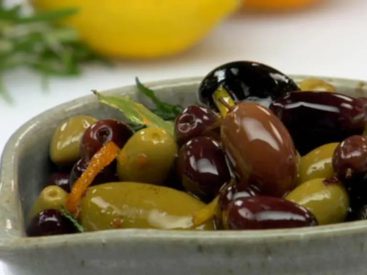SPOONFUL OF VIGOR This green tomato chow chow‘s vibrant flavor and chunky texture make it a toothsome topper for biscuits. NO MATTER what your tastes are, you can like chow chow…at least some version of it,” said chef K.D. Jones of Jonesey’s D&D, a pop-up food shop in Charleston, […]
Delicious!
Delicious!



